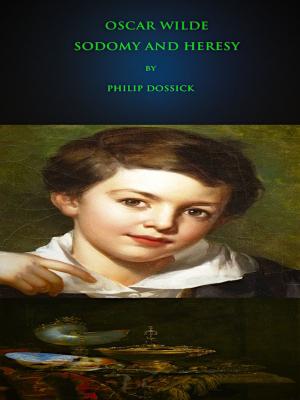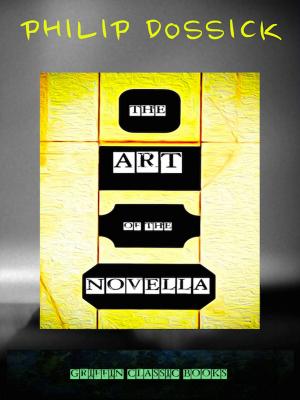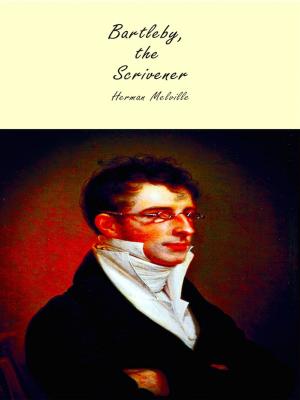| Author: | Francis Loring Payne | ISBN: | 1230001950564 |
| Publisher: | Editions Artisan Devereaux LLC | Publication: | October 3, 2017 |
| Imprint: | Language: | English |
| Author: | Francis Loring Payne |
| ISBN: | 1230001950564 |
| Publisher: | Editions Artisan Devereaux LLC |
| Publication: | October 3, 2017 |
| Imprint: | |
| Language: | English |
The Palace of Versailles, Château de Versailles, or simply Versailles is a royal château in Versailles in the Île-de-France region of France.
When the palace was built, Versailles was a small village dating from the 11th century.
Louis XIV's expansion of the building was begun around 1661, with Louis Le Vau as architect. It was not completed until about 1715, having been worked on by architects including François d'Orbay, Charles Le Brun, Jules Hardouin-Mansart and Robert de Cotte. André Le Nôtre began the gardens and structures in them.
Versailles was the seat of political power in the Kingdom of France from 1682, when King Louis XIV moved the royal court from Paris, until the royal family was forced to return to the capital in 1789, after the beginning of the French Revolution. Versailles is therefore famous not only as a palace, but as a symbol of the system of absolute monarchy of the Ancien Régime.
Under Louis XIV, the senior nobility were compelled to spend almost all their time at Versailles, as a form of political control.
Louis XIV evolved a rigid routine of court life as a performance, much of which took place in front of large groups of people, at some points in the day.
Building the château and maintaining the court there was astonishingly expensive, but did a good deal to establish the dominance of French style and taste in all of Europe, giving French luxury manufacturing advantages that long outlasted the fall of the old regime.
Versailles is now open as a world-renowned tourist attraction.
The Palace of Versailles, Château de Versailles, or simply Versailles is a royal château in Versailles in the Île-de-France region of France.
When the palace was built, Versailles was a small village dating from the 11th century.
Louis XIV's expansion of the building was begun around 1661, with Louis Le Vau as architect. It was not completed until about 1715, having been worked on by architects including François d'Orbay, Charles Le Brun, Jules Hardouin-Mansart and Robert de Cotte. André Le Nôtre began the gardens and structures in them.
Versailles was the seat of political power in the Kingdom of France from 1682, when King Louis XIV moved the royal court from Paris, until the royal family was forced to return to the capital in 1789, after the beginning of the French Revolution. Versailles is therefore famous not only as a palace, but as a symbol of the system of absolute monarchy of the Ancien Régime.
Under Louis XIV, the senior nobility were compelled to spend almost all their time at Versailles, as a form of political control.
Louis XIV evolved a rigid routine of court life as a performance, much of which took place in front of large groups of people, at some points in the day.
Building the château and maintaining the court there was astonishingly expensive, but did a good deal to establish the dominance of French style and taste in all of Europe, giving French luxury manufacturing advantages that long outlasted the fall of the old regime.
Versailles is now open as a world-renowned tourist attraction.
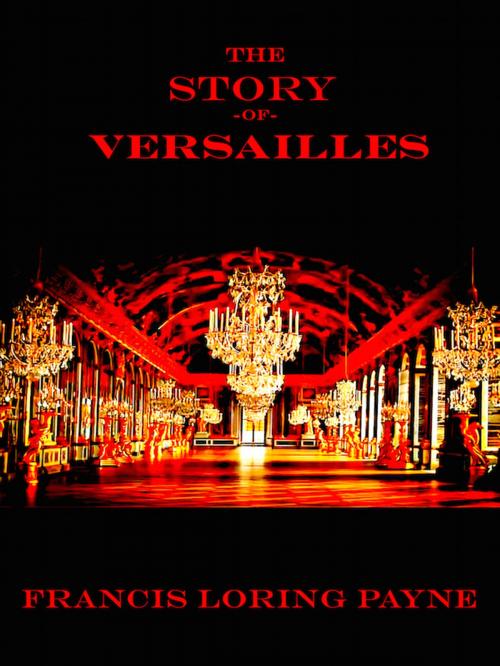


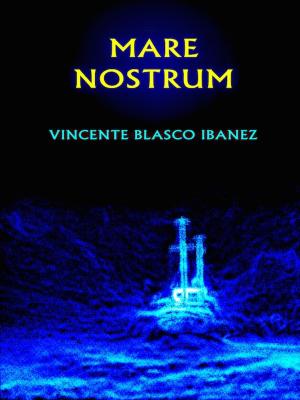
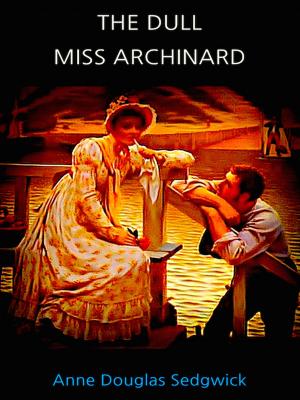

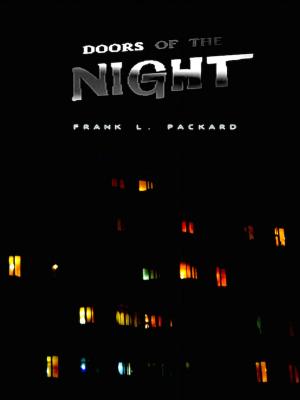



![Cover of the book The Forsyte Saga [Complete Series] by Francis Loring Payne](https://www.kuoky.com/images/2018/may/300x300/1230002309828-vJ4h_300x.jpg)
